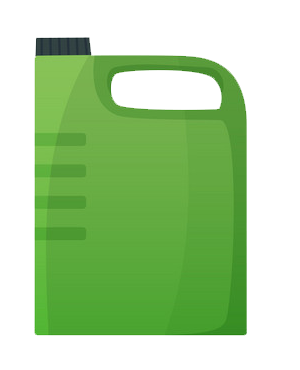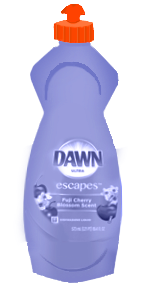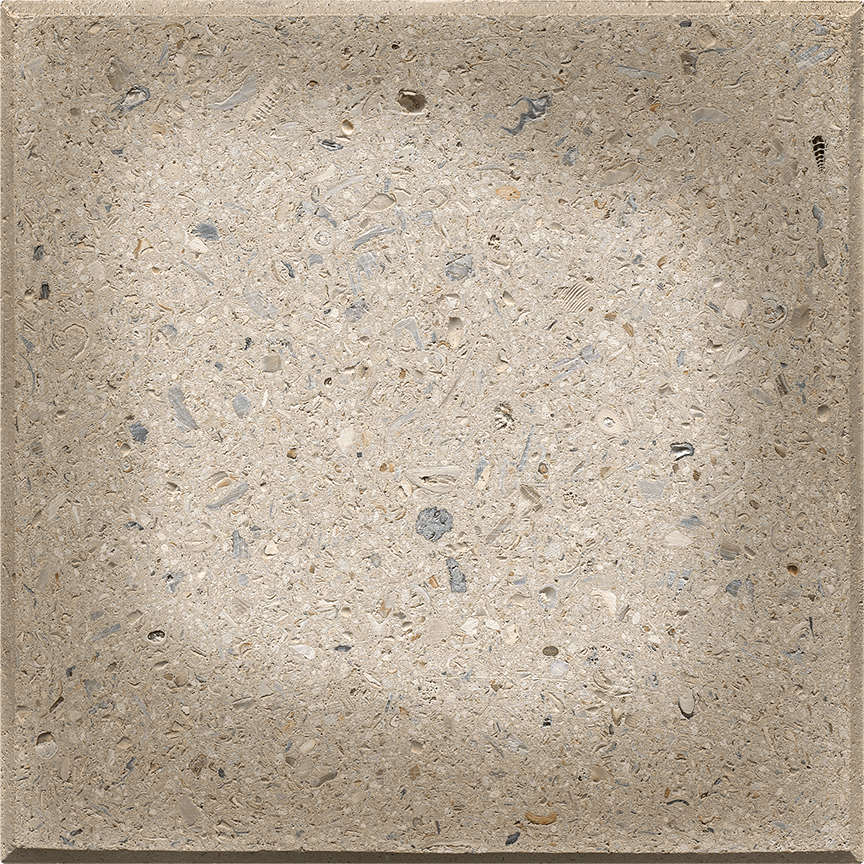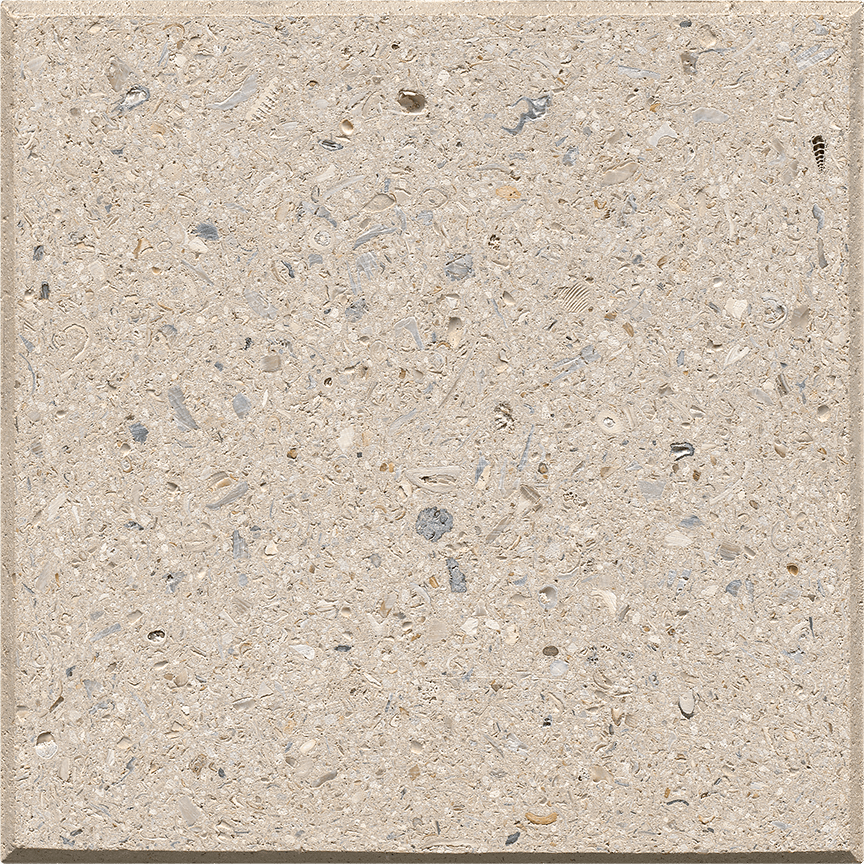Initial deck Cleaning
The initial deck cleaning is a must in all installations. It cleans the stains gathered on the construction phase, dust that might come present from the cutting, and it also cleans off the scale that might be present because of concrete's curing process (Scale/Efflorescence).
1. The cause.
Pavers are going darker on the border because of the Scale ( trapped moisture ).
Primary efflorescence (or scale) is a natural phenomenon that typically occurs during the initial cure of a cementitious product. It can happen in any cement based product, from concrete benches to planted pots, on bricks or stucco It is common, but easy to treat.
How?
For scale to happen, you need water and salts – already
present inside the paver. During the curing process, the salts
in the concrete are dissolved by the moisture and capillarity
will carry them to the top, causing them to accumulate. That
creates a thin invisible barrier called initial scale or
primary scale. During the initial curing process (about
the first 28 days) calcium can rise to the top forming a
transparent film that can trap the some of the H2O from
totally evaporating out of the paver. The pavers can then look
darker towards the edges and lighter in the center, that looks
like a ‘frame’. That ‘transparent film’ is preventing the
moisture to dissipate forming the frame.
2. How to prepare the cleaning solution
The initial cleaning process is fast and is highly recommended. It also clean off the dust that might come from the cutting, possible construction staining, and of course, the scale that is trapping the moisture. This will avoid costumer dissatisfaction and maintenance hassles.
Gather your tools
For the solution you will need:



and
It's also important to have:



Water and Acid proportions:

7 to 1
For each 7 parts of water use 1 part of Muriatic Acid.

First, mark your watering can. That way, you will always have
the right proportion:
For example a 2 Gal. watering
can, you will need 14 cups to make the watermark. Then add 2x
cups to make the acid mark.
There, you’re ready to go!
You can use this marked watering can to clean all your future
jobs!
Always pour the water first to avoid splashes, fill
up to your watermarked line. Carefully start adding the amount
of acid until it reaches the acid mark, after that, get your
Dawn liquid soap and pour it in for about 3 seconds, then mix
the solution avoiding splashing it.
3. How to apply the solution
» Test your solution in a inconspicuous area or on a broken
paver. Too much acid or leaving the solution for too long will
cause the paver to become too rough.
Prepare the area.
Wet the deck in the areas you will be treating with water. The
deck should be wet from water prior to treating.
Time to apply.
Begin pouring the Solution on the wet deck with the sprinkling
watering can. After applying, brush the area where the
solution was applied with a floor brush, and wash it off. It
is not necessary to let the solution sit for very long. You
also don’t usually need to brush hard. The solution will
dissolve the calcium. Make sure you rinse off all of the
solution off the deck or it will re-solidify.
Precautions.
Sometimes it is necessary to revisit an area that did not have
all the scale removed on the first treatment and redo that
area or paver. Simple as that, put it down, brush it, wash it
off, and your costumer can enjoy a long-lasting paver
installation.
End

with scale

Treating the deck is safe and highly recommended.
As shown, missing the initial treatment on the installation phase
causes the moisture to not be released in the installation process,
this occurs when the moisture on the paver are not allowed to cure.
Although unlikely (on most installations), not treating the deck on
the installation process as shown and recommended, may cause the paver
to go darker in the borders and lighter in the center. The Initial
Treatment is a must and it is highly recommended, all the guidance is
showed above on our video. Please watch the video and follow
instructions carefully. Always test your solution in an inconspicuous
area.
* Dark color pavers: avoid using muriatic acid on dark
colored products as it might alter the color. Instead, choose a
cleaner that does not contain muriatic or phosphoric acid for better
results.